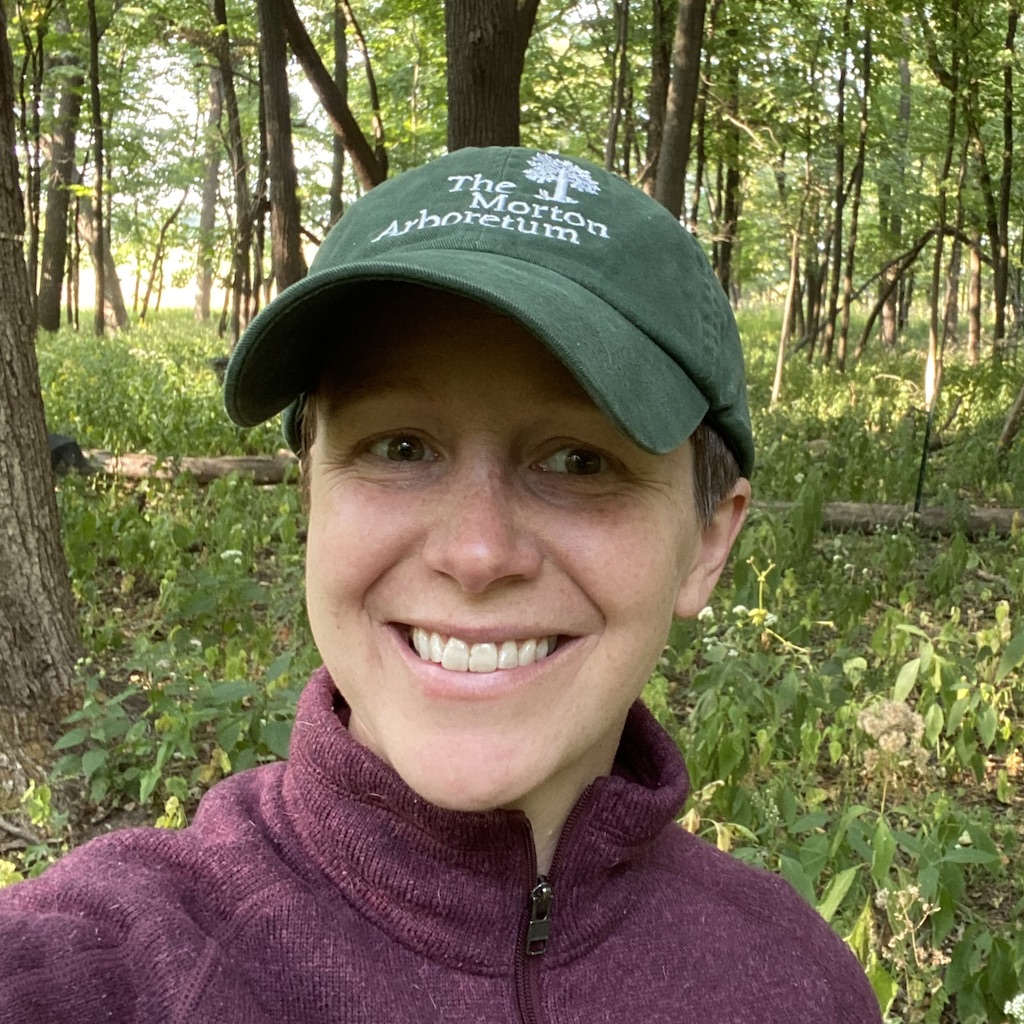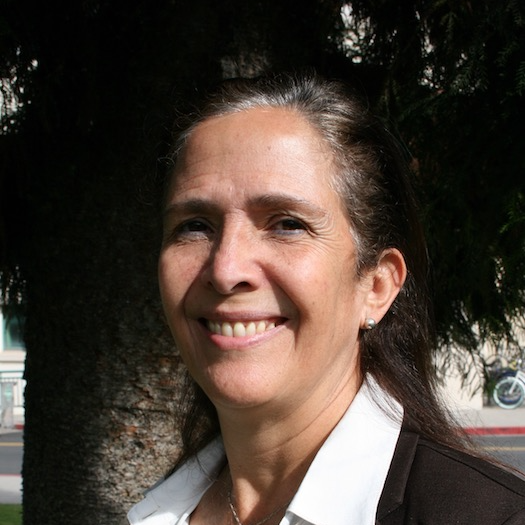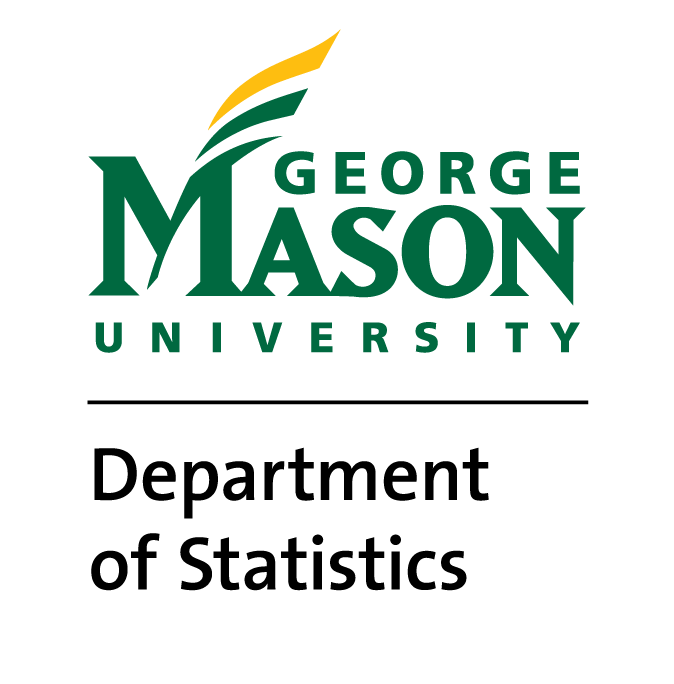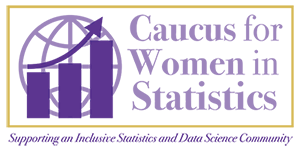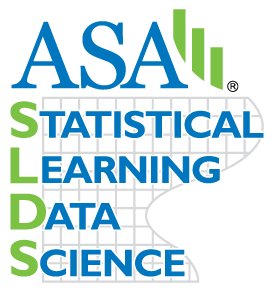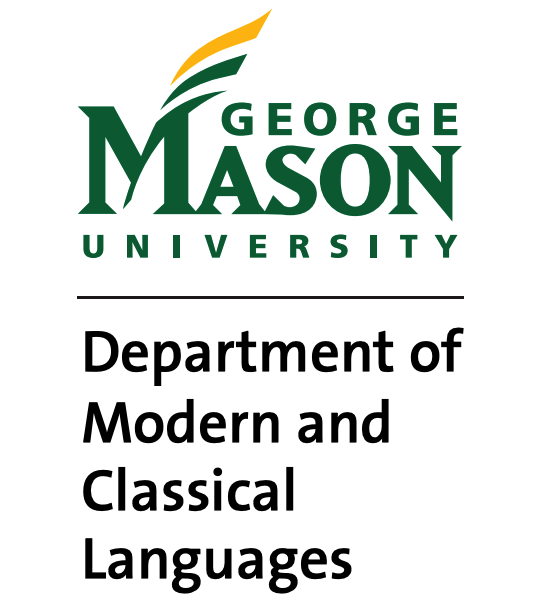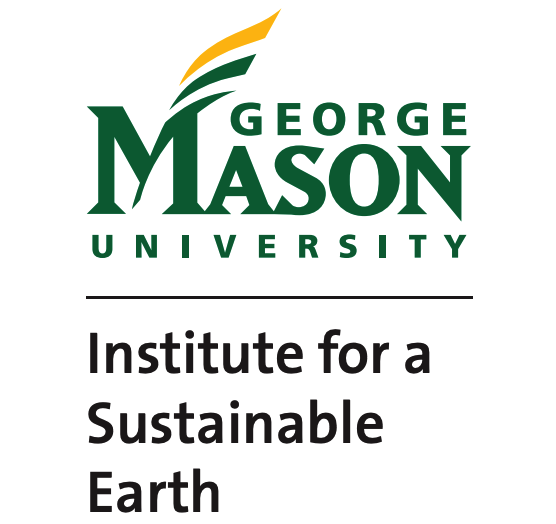We challenged contestants to predict the day that the cherry trees will reach peak bloom.
We asked contestants to submit their best predictions for select trees in Washington, D.C. (USA), Kyoto (Japan), Liestal-Weideli (Switzerland), and Vancouver, BC (Canada), along with a compelling narrative and reproducible analysis containing any data and code used. The competition is challenging because while it is known that cherry trees tend to bloom earlier each year as climates warm, complex weather patterns make annual predictions extremely difficult.
For the second year in a row, students, researchers, and citizen scientists from around the world accepted our challenge. Each entry was evaluated by its predictive performance and interpretability—with the help of an independent panel of judges. We are now thrilled to announce the winners.
The results are in!
This year, four teams won awards in three categories: most accurate prediction, best narrative, and best model. The team members will share more than $5,000 in total prize money.
Award for Most Accurate Prediction goes to Olga Vishnyakova, Renny Doig, and Wendy Wang
Olga, Renny, and Wendy submitted the most accurate forecast. Their predictions deviated from the actual peak bloom dates by approximately three days on average. To create their predictions, the team combined the predictions of seven different machine learning algorithms. They found that among these algorithms, gradient boosted decision trees provided the best predictions. Congratulations Olga, Renny, and Wendy!



Award for Best Narrative (Statistics) goes to Aniruddha Pathak, Kunal Das, and Subrata Pal
Aniruddha, Kunal, and Subrata used a binomial regression model with carefully considered covariates and correlation structure. The judges appreciated the simplicity and interpretability of their approach, with one judge admiring their “unique and carefully reasoned model structure.” Another judge added that the entry did a good job of “pulling in relevant science/data and show[ing] good intuition on both statistics and biology.” Congratulations Aniruddha, Kunal, and Subrata!
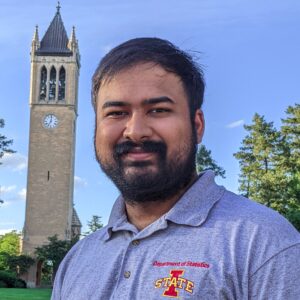


Award for Best Model (USA NPN Data) goes to Johnson Wei, Hanji Sun, Max Xu, Erin Ma, and Yi Pan
Johnson, Hanji, Max, Erin, and Yi improved traditional methods for bloom date prediction, such as USA NPN accumulated growing degree days, using eXtreme Gradient Boosting and a convolutional neural network. Like Olga, Renny, and Wendy, they found that gradient boosting produced the best predictions. The judges were impressed by the combination of traditional methods with machine learning. Several judges also appreciated that the authors explained how the algorithms worked. (Note that the competition judges come from a wide variety of backgrounds.) Congratulations Johnson, Hanji, Max, Erin, and Yi!





Award for Best Model (Most Original) goes to Gabriel Brehm and Alayna Schoenberger
Gabriel and Alayna noticed that many contestant entries are listed on GitHub (because they forked the competition GitHub repository). They decided to make their predictions by selecting several of these entries and reweighting them. (The strategy worked—only two teams had more accurate predictions, with Olga, Renny, and Wendy’s entry beating Gabriel and Alayna’s by only half a day.) The judges enjoyed the “wisdom of the crowds” motivation, and the cleverness of combining previous entries. Congratulations Gabriel and Alayna!


A big thanks to all competition participants
We know every contestant worked hard to produce their most accurate and interpretable predictions. All their work will help scientists better understand the impacts of climate change, and we hope their contribution does not end here. We encourage each contestant to continue to work on their models and narratives and reenter the Cherry Blossom Prediction Competition again next year.
We provide a summary of the 2023 entries for future reference.
Contestants vary widely in their predictions for 2023.
The calendars below show the days the contestants predict the peak bloom date will occur. Some believe peak bloom will occur in early March, while others believe it will occur in early May. When the entries are combined, the overall consensus is that the cherry trees will bloom between late March and early April. The average predicted peak bloom dates are April 4th for Kyoto, April 5th for Liestal-Weideli and Vancouver, and March 28th for Washington D.C.—denoted on the calendars by 🌸.

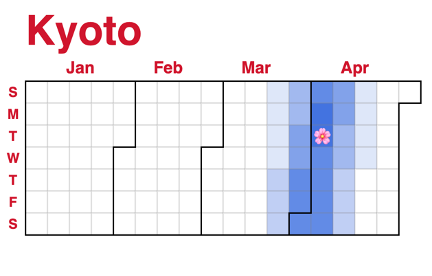


Overall, the contestants believe the National Park Service prediction is too early.
The National Park Service predicted the peak bloom of the Washington D.C. cherry trees will occur between March 22nd and March 25th. The Washington Post predicted a later date, between March 25th and March 29th. On average, the contestants agree with the Washington Post, predicting peak bloom will occur between March 26th and March 30th. The actual date was March 23rd.
In contrast, the contestants largely agreed with the Japan Meteorological Corporation’s 4th forecast, which predicted that the peak bloom of the Kyoto cherry trees will occur on April 2nd. The actual date was March 25th. (Note JMC provided predictions for Prunus × yedoensis while the contestants predicted Prunus jamasakura. These species have similar but not identical bloom dates.)
For Vancouver, B.C., where there is almost no historical data, contestants thought that full bloom would be April 5th. The Vancouver Cherry Blossom Festival posts updates on the stage of their cherry trees on the UBC Botanical Garden Forums. The actual bloom date was April 7th.
A big thanks to our sponsors, partners, and judges.
A big thanks to the American Statistical Association, Caucus for Women in Statistics, George Mason University’s Department of Statistics, and Columbia University’s Department of Statistics for their support, and partnerships with the International Society of Biometeorology, MeteoSwiss, USA National Phenology Network, and the Vancouver Cherry Blossom Festival—as well as Mason’s Institute for Digital InnovAtion, Institute for a Sustainable Earth, and the Department of Modern and Classical Languages. We also thank our judges Lelys Bravo de Guenni, Cheryl Brooks, Rebecca Forkner, Mason Heberling, Nathan Lenssen, Will Pearse, Christine Rollinson, and Ed Wu. Thank you!

Research Assistant Professor
University of Virginia

Postdoctoral Scientist, Dept. of Atmospheric and Oceanic Sciences
University of Colorado Boulder
Organizers
Jonathan Auerbach
Department of Statistics
George Mason University
https://jauerbach.github.io/
David Kepplinger
Department of Statistics
George Mason University
https://www.dkepplinger.org
Elizabeth Wolkovich
Department of Forest & Conservation Sciences
University of British Columbia
https://temporalecology.org/

